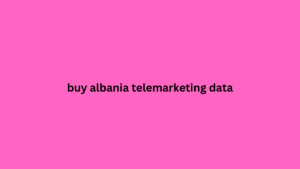Chargeback Vs. Chargeback Fraud
Chargebacks were not created with the intention of giving users the means to conduct criminal activity. Quite the opposite, actually.
Traditionally, chargebacks are meant to be a protection tool for customers.
Unfortunately, fraudsters are increasingly ingenious when it comes to new ways to deceive merchants, managing to corrupt this premise as well.
Because chargebacks are a sensitive topic for all those involved, it’s important to take the right measures, and the first step in doing so is learning to differentiate between lawful chargebacks and false ones.
Real Chargebacks
It is a legitimate protection mechanism created by credit card companies to prevent fraud for customers.
However, order product issues, products not received, incorrect amounts charged, and fraud are all reasons used in chargeback disputes.
Fraudulent Chargebacks
It is a criminal fraud practice when the consumer disputes a legitimate transaction with the intention of gaining a refund without reason.
An illegitimate chargeback abuses the protection mechanism and benefits the fraudster while also causing significant damage to the online brand in question.
Chargeback fraud consequences come in different forms, buy albania telemarketing data from chargeback fees and increased operational costs to extensive reputational damage.
The 3 Steps of the Chargeback Process
To fully understand the repercussions of this practice, one must first understand the process. Managing chargebacks involves certain steps:
Step One: Dispute Filing
The customer files a dispute they do not recognize as a chargeback to their bank or credit card company.

Step Two: Examination
The customer’s bank analyzes the dispute, requesting additional details from the cardholder and merchant.
If, during the investigation phase, the dispute is regarded as valid, the customer is provided a temporary refund. However, during the chargeback process, the merchant can respond to the dispute and bring further evidence to support the validity of the transaction.
The bank will continue reviewing all received information to make an informed final decision.
Step Three: Resolution
Once the bank has completed analyzing the documents received, a decision will be made whether the chargeback will be upheld or reversed. Both parties are informed, and the appropriate actions are taken.
